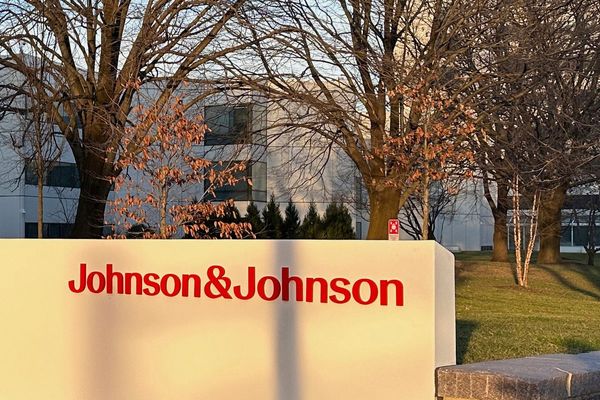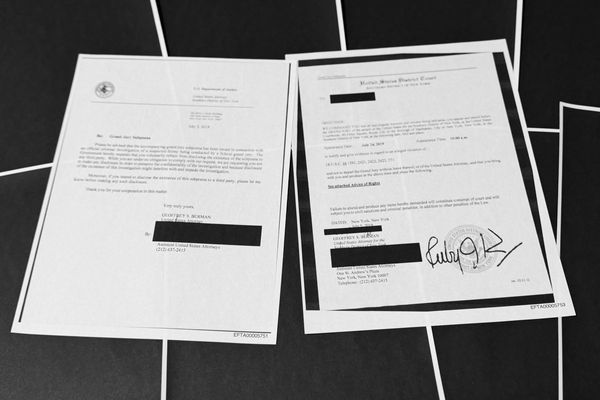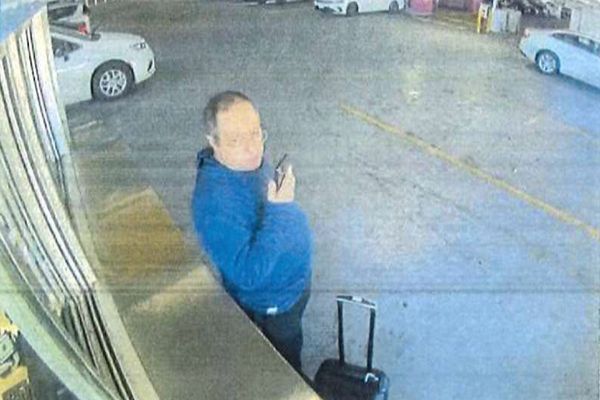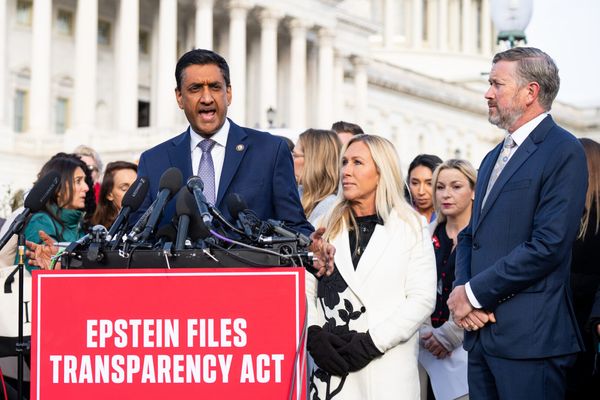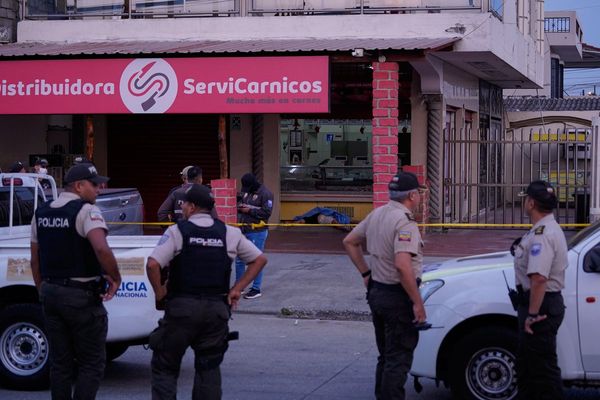In the dusty Queensland channel country, those old enough to remember still talk about the 1974 outback floods. For more than 50 years that has been the ultimate measuring stick for every downpour or trickle to flow through the central desert towards Kati Thanda-Lake Eyre.
On Sunday, in the tiny town of Jundah, in the heart of Queensland’s outback, the flood waters in some places measured 50cm higher than in 1974. Most of the town (including the pub) is still inundated. Surrounding towns are cut-off and could be isolated for weeks.
Many of the sprawling grazing properties of the Barcoo Shire resemble inland seas, and stock deaths are expected to total more than 1m by the time the water recedes.
“Most people were aware we were getting a weather event, but it was quite exciting to be getting a weather event,” said Marilyn Simpson, the president of the Windorah Development Board.
“I think the scale of what was coming was the big impact. The cloud was very low, the rain was very heavy.
“I think there’s a lot of heartache there. At the moment people are running on adrenaline, they’re dealing with the current situation as best they can. It’s down the track where the impact is going to be, when you pull up one day and think ‘can I keep going, will I recover’ and it all hits hard.
“Unfortunately we have a feast or famine out here. It’s drought or floods.”
Locals say infrastructure not up to task
The Barcoo shire, which covers roughly 62,000 sq km, has a population of 308. Nearby Quilpie is about 67,000 sq km broad and is home to about 700 people.
Locals in both places say the remote regions lack the sorts of weather infrastructure – the nearest radar stations are several hundred kilometres away, in Charleville and Longreach – that would have helped warn people, and help them monitor the downpour.
The mayor of Quilpie, Ben Hall, said Anthony Albanese’s decision to call the election during the flooding “makes us feel like we don’t matter”. The prime minister delayed a planned election call as Tropical Cyclone Alfred moved towards cities in south-east Queensland.
“Our communities are already hurting. Some farmers will undoubtedly go to the wall on the back of these stock losses,” Hall said.
“I’m out in the community visiting our flood ravaged townships. The talk has been that communication via party telephone lines was better back in the 1974 floods than we have now in 2025. How can that be? All our phone comms went down for more than 24 hours and we have no radar.”
In Thargomindah on Monday, the opposition leader, Peter Dutton, and the Nationals leader, David Littleproud, visited the site of a makeshift hospital at the town’s airport.
The town experienced five days of consistent rain that only let up on Friday. Of the town’s 200 residents, 97 slept at an evacuation centre on Sunday night and more were expected to stay on Monday.
John Ferguson, the Bulloo Shire mayor, said the flood was the “worst he’s ever seen” – at 7 metres and rising, it’s well above the 6.48 metres recorded in 2010 and 6.78 metres in 1974.
“We’re in uncharted territory. We’ve never been here before,” Ferguson said.
The Coalition vowed that should they win government they would put $10m towards a new weather radar for western Queensland to improve confidence in Bureau of Meteorology forecasts.
Dutton said this funding promise showed the Coalition would “once again prioritise the needs of regional Australians after the neglect of the Albanese government”.
“In recent days, I’ve heard first-hand harrowing stories of survival. If families had been given more notice, they would have easily had time to get to safety,” Littleproud said.
“Instead, some have been forced to fight for their lives. That’s why this is important.”
The treasurer, Jim Chalmers, said Labor was “focused on the human cost of the heavy weather”.
“Our focus is on the communities, on the people, on the local businesses, making sure that everybody’s safe,” he said on Monday.
In last week’s federal budget, Chalmers estimated Tropical Cyclone Alfred would cost the nation about $1.2bn. The natural disaster is also expected to have a “considerable” impact on the budget bottom line, he said on Monday.
“That is a very important food producing, primary producing part of Australia, and we will weigh up the costs and consequences of that flooding when it’s appropriate,” Chalmers said.
The commonwealth has deployed two heavy lift helicopters from the Australian defence force to Charleville to help transport freight and people, Chalmers said.
‘Soul-destroying’ stock losses
The Queensland premier, David Crisafulli, on Sunday said stock losses would be “soul destroying”.
“We’re dealing with tens of thousands of stock losses across beef, as well as sheep and goats.
“There’ll be a massive economic impact, but there’s also that social and personal impact when you lose your livelihood.”
Aircraft have been dropping supplies to people in towns and remote properties, and fodder is being left at high ground for livestock that have been able to survive.
Comparisons to the 1974 flood, which cut off some communities for more than three months, are most stark in the inundated town of Jundah. The historic outback flood was the result of heavy rain lasting months; this time the downpour was shorter, but more severe, leaving large a large volume of water with nowhere to go.
The Barcoo Shire mayor, Sally O’Neil, told ABC Radio National on Monday the water level had been 47cm higher than in 1974.
“That extra half a metre of water through town went through houses that didn’t get done in ‘74. It’s a bit of a mess.”
“Probably a third of the town [is damaged]. The pub was the first one under, but it had water through in ‘74 as well so we knew it was going.
“It does appear [the worst is over] and I hope so. There is rain further north, up in the top of the catchment, but we’re hoping this water gets away before the next lot comes and that might save it from coming into town.”
O’Neil said forecasts had predicted significant rainfall in the area.
“We sort of get a bit complacent. You get forecasts, you get told [it’s going to rain] and then nothing happens.
“I thought it was never going to rain here again so, this time I thought ‘oh yeah, we’ll see when it happens’. And sure enough it happened.”
With reporting by Andrew Messenger
